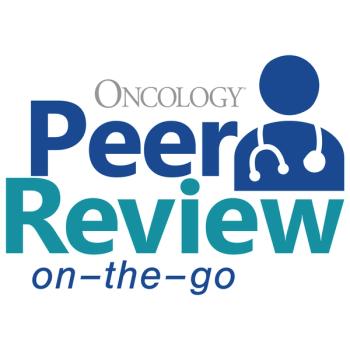
CancerNetwork’s latest podcast episode dissects and article from the journal ONCOLOGY® focusing on 4 PARP inhibitors investigated for the treatment of advanced prostate cancer.

Your AI-Trained Oncology Knowledge Connection!


CancerNetwork’s latest podcast episode dissects and article from the journal ONCOLOGY® focusing on 4 PARP inhibitors investigated for the treatment of advanced prostate cancer.
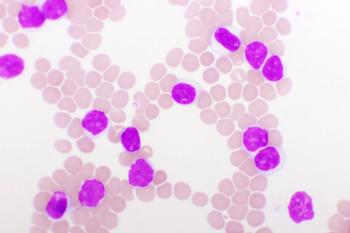
A phase 2 trial found that acalabrutinib may present a potential therapeutic option for patients with chronic lymphocytic leukemia who discontinued ibrutinib treatment.
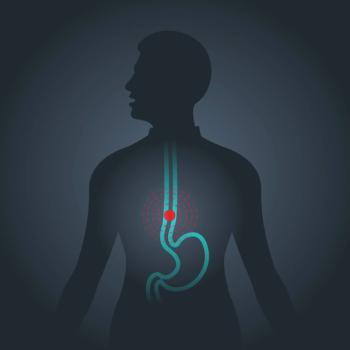
Young women with gastrointestinal cancers who received the FOLFIRI or FOLFOX chemotherapy regimens experienced a benefit in terms of reduced nausea and vomiting with the combination of aprepitant plus palonosetron and dexamethasone.

Look back at some of the important news and notes from last week in the world of oncology, featuring articles from the latest issue of the Journal ONCOLOGY®.
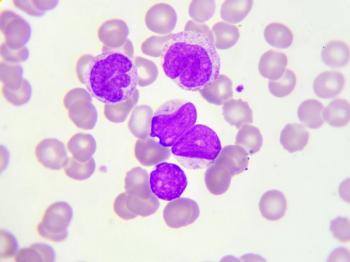
Data from Nature Communications detailed MutaSeq, a new method for distinguishing between cancer stem cells, mature stem cells, and healthy stem cells in acute myeloid leukemia.

Combination therapy with tislelizumab/chemotherapy improved progression-free survival and the overall response rate for patients with squamous non–small cell lung cancer when compared with chemotherapy alone.

The study concluded that immune-related adverse events were more common than previously anticipated following adjuvant anti–PD-1 therapy and persisted with prolonged follow-up.

During an After Hours segment of Medical World News®, Nina Shah, MD, spoke about her new passion for Peloton, the convenience of working out from home, and the importance of getting out of the office for personal health and wellness.

Data on the use of ixazomib plus lenalidomide/dexamethasone were similar to results from the pivotal TOURMALINE-MM1 trial, suggesting patients with multiple myeloma in routine practice could achieve similar outcomes to patients treated on clinical trials.

Even though the trastuzumab/radiotherapy failed to meet the trial-specified reduction threshold, a modest, statistically nonsignificant reduction in ipsilateral breast cancer rates were observed.

Data presented at the Oncology Nursing Society’s 46th Annual Congress reiterated positive results from the PROSPER trial with enzalutamide in the treatment of nonmetastatic castration-resistant prostate cancer and the key implications these have for nurses treating men with the disease moving forward.

Take a look back at some of the important news and notes from last week in the world of oncology, featuring articles about the virtual AACR Annual Meeting 2021, breast cancer, prostate cancer, and lung cancer.

CancerNetwork®’s podcast features an interview with the chairman and CEO of Enveric Biosciences, David Johnson, to discuss the latest in their development of endocannabinoid products.

Data presented at the virtual AACR Annual Meeting 2021 showed that a phase 2 trial examining combination treatment with adavosertib plus irinotecan met its protocol-defined efficacy end point in a cohort of pediatric patients with neuroblastoma.

Take a look back at some of the important news and notes from last week in the world of oncology, featuring news from the FDA and articles about prostate cancer, ovarian cancer, and more.
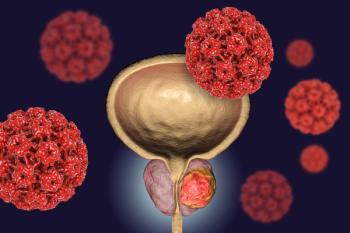
Phase 2 data found that the combination of nivolumab plus ipilimumab demonstrated significant anti-tumor activity for patients with mCRPC.

The phase 3 SOC-1 trial found an association between secondary cytoreduction followed by chemotherapy and prolonged progression-free survival when compared with chemotherapy alone for patients with relapsed ovarian cancer.

ERC-USA announced that the FDA recommended the early termination of a phase 2 clinical trial of ERC1671 to treat patients with recurrent or progressive glioblastoma and pursue a randomized confirmatory phase 3 trial.

Even though the safety profile remained tolerable, treatment with lenalidomide plus R-CHOP did not improve progression-free survival compared with placebo plus R-CHOP for patients with activated B-cell-like subtype of DLBCL.

Docetaxel in combination with cisplatin and cetuximab did not significantly improve overall survival compared with platinum chemotherapy plus fluorouracil and cetuximab but maintained a favorable safety profile.

Merck announced an interim analysis of pembrolizumab to treat RCC, finding a clinically significant improvement in disease-free survival when compared with placebo.

Following last year’s accelerated approval designation, the FDA granted regular approval to sacituzumab govitecan to treat patients with triple-negative breast cancer.

The FDA recently granted approval to a new dosing regimen for cetuximab to treat patients with KRAS wild-type, EGFR-expressing colorectal cancer or head and neck squamous cell carcinoma.

A presentation from the AACR Virtual Meeting: COVID-19 and Cancer detailed a literature review of natural therapeutics and remedies to combat the SARS CoV-2 virus.
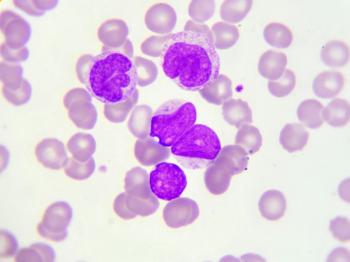
A study conducted across 20 medical centers and hospitals in China concluded that treatment timing, total intravenous anesthesia, and flow cytometry were associated with a reduced risk of central nervous system relapse for pediatric patients with acute lymphoblastic leukemia.

Data from the Journal of Clinical Oncology found that entrectinib resulted in high-level clinical benefit for patients with ROS1 fusion–positive non–small cell lung cancer, regardless of CNS metastases status.

Take a look back at some of the important news and notes from last week in the world of oncology, featuring articles about breast cancer, prostate cancer, and more.

Data from a study in the Netherlands found substantial variation in biomarker testing among 102 patients with advanced non–small cell lung cancer.

Data investigating the predictive capabilities of high tumor mutation burden found it to be predictive of response to immune checkpoint blockade in some, but not all, types of cancers.

Investigators used a hypothetical cohort of men with prostate cancer to test the benefits associated with MRI imaging before biopsy in regard to age-based and risk-stratified screening.